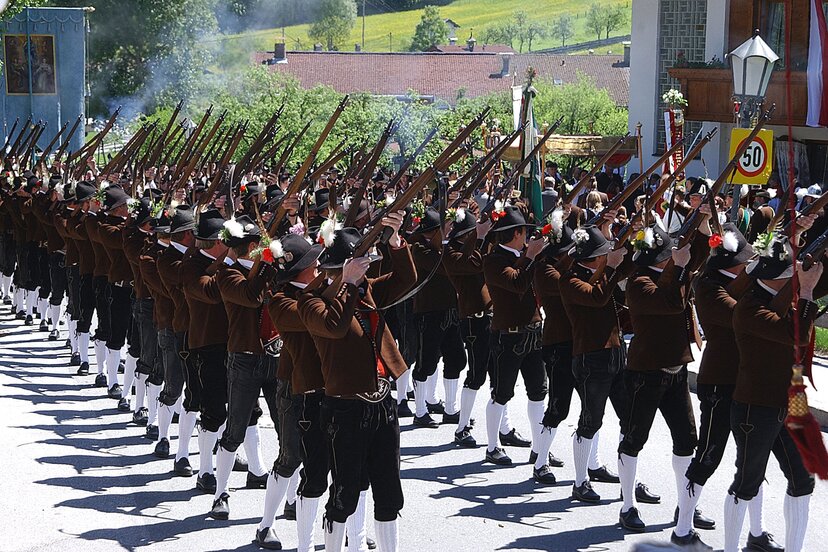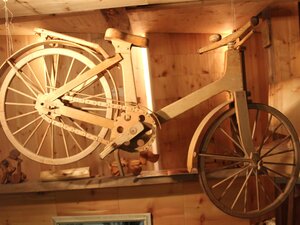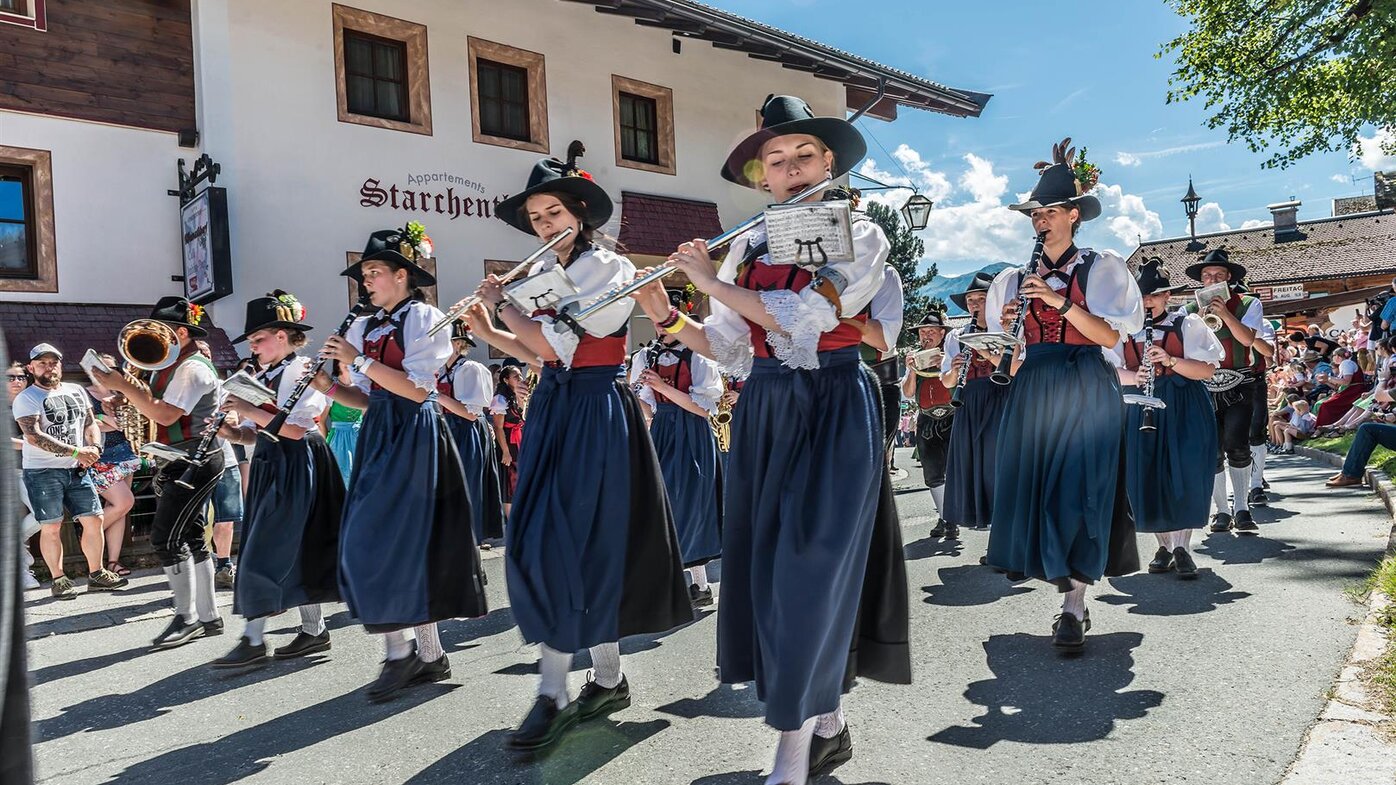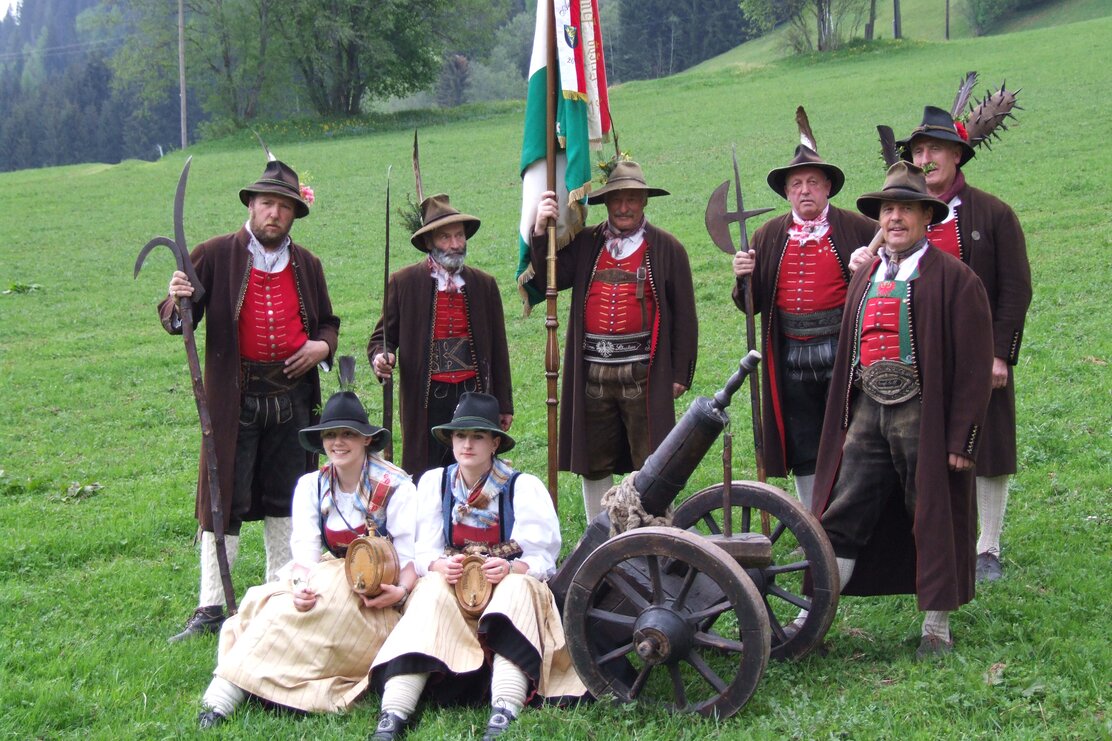
Customs & culture
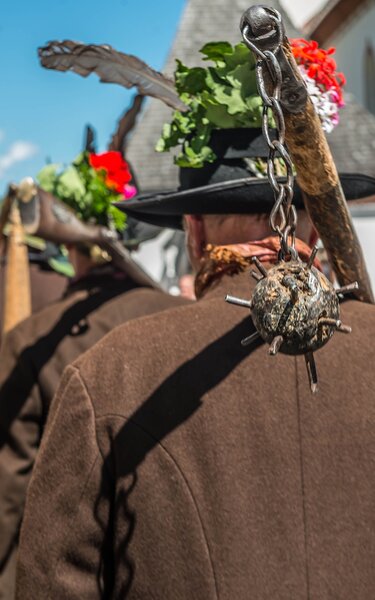

The Wildschönau is a valley where customs and tradition play a major role. Not everything is possible in this day and age and yet customs are maintained, even if sometimes only on a small scale. Some traditional groups contribute to the original life of the Wildschönau with their performances at festivals and celebrations.
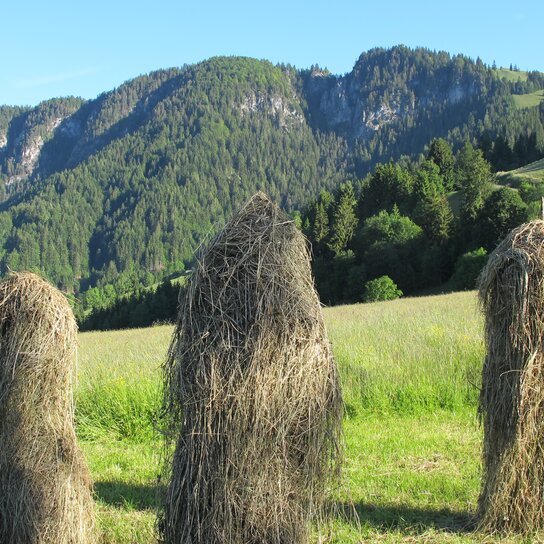

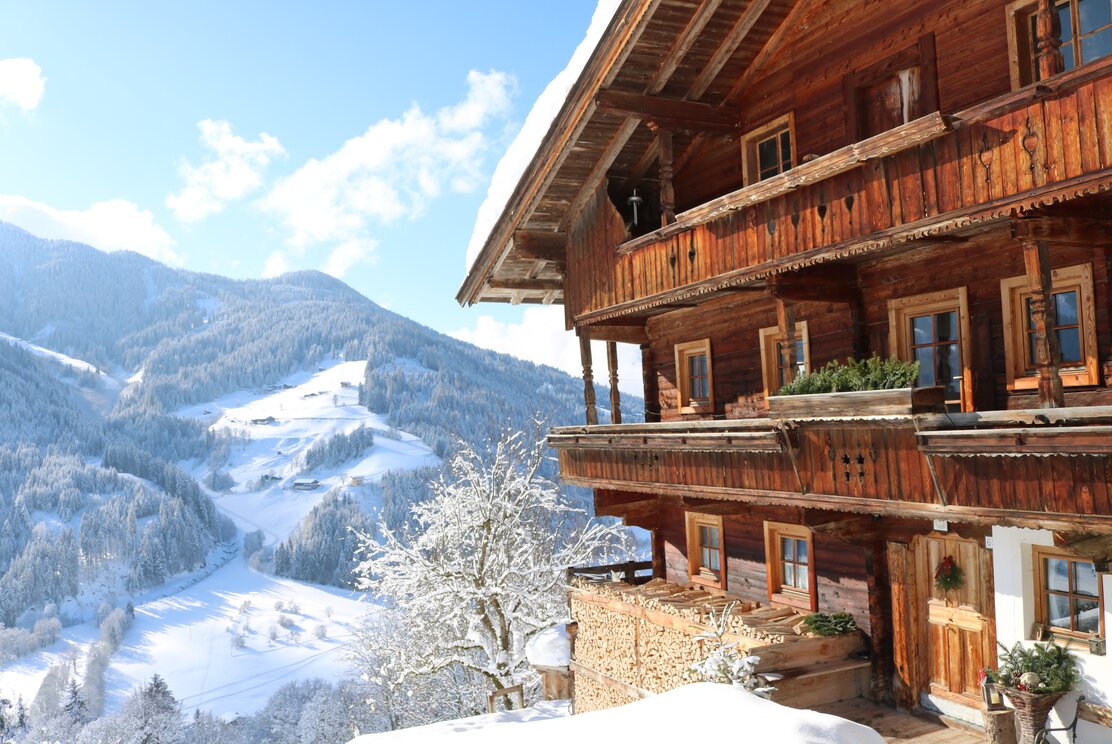

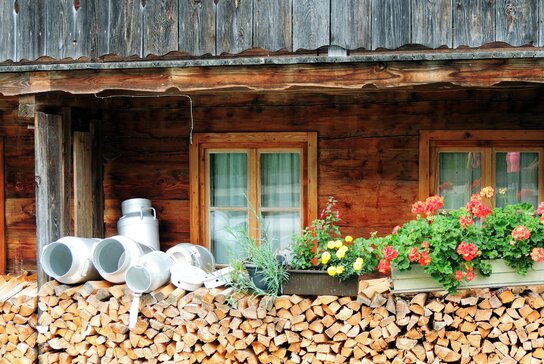

Mountain farming culture
The Wildschönau is characterised by its agriculture. Lots of neat farms are part of its typical landscape. The fields in the gentle valley - the wild, beautiful Au - are lovelingly tended.
The Wildschönau has 260 working farms of varying sizes. You could probably classify them all as mountain farms. They were formed by the division of the first original farms.
The highest farm "Stödl" on the Oberau Sonnberg is 1334 meters above sea level. The second highest is "Oberholzalm" (1329 m) at the foot of the Gratlspitz. Almost every house has a cross on the gable and most of them have a bell tower on the roof. It is a nice tradition that all farms, and dwellings, cows and horses have a name, indicating a particularly close community of fate of man, animal and dwelling. Almost all farms now have an access road.
There are also numerous hereditary farms in the Wildschönau. To obtain the title of "Erbhof", a farm must be owned by the same family for at least 200 years.
An insight into the life of mountain farmers in earlier times can be gained at the z'Bach Mountain Farming Museum. The life of the farmers has become somewhat easier over the past couple of generations, however, not many farmers can make a living out of it these days and most farmers have a "day job". The farmers are, however, significantly responsible for the appearance of the Wildschönau thanks to their landscape maintenance.
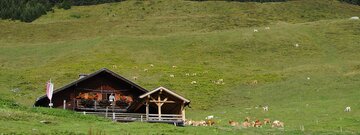
Wildschönau museums
A cultural program is not neglected in the Wildschönau Valley. Interesting and curious facts about the history of wood can be found in the 1st Tirolean Wood Museum.
In the Wildschönau Mountain Farming Museum, over 1,100 exhibits recall the life of our ancestors. They transform the walk through this museum into a time travel into the world of past generations. The handicraft market, on the other hand, shows crafts still in use today.
Life on the high pastures
The Wildschönau is one of the regions in Austria richest in high pastures. The alpine pastures are not only summer holiday homes for countless cows but also popular hiking and excursion destinations.
The Wildschönau is a particularly alpine pasture-rich area due to its geologistical slate rock. 46 alpine pastures welcome cattle, horses, sheep and goats in summer and are also particularly popular hiking destinations. Each alp has "grass rights" for a certain number of animals. The farmers of the Wildschönau have more than 1600 such grass rights. The management of larger alpine pastures used to be divided into smaller parts named "Kaser",. Nowadays dairy produce is made in a communal dairy.
Hundreds of animals are brought to the alpine pastures at the end of May/beginning of June. The highest alpine pasture in the Wildschönau is "Seefeld" in Auffach, situated at 1979 meters. Some alpine pastures are operated just for the milk, whereas others work with beef cattle only. The animals are cared for by cowherds, dairymen and cheese makers.
All of them are proud of their profession and love to spend the summer on the alpine pastures, but the work is arduos. One of the most famous cheese makers is Johann Schönauer from the Schönangeralm. This alp is the pride of 25 farmers. On 680 hectares of alpine pasture and three mountain pastures, about 260 animals spend their "summer vacation" from June to September. Every day 2000 liters of milk are processed. In the show dairy you can watch Johann make delicious specialties such as mountain cheese, Emmental, Camembert, Tilsiter or herb cheese with great flair. The entire production is marketed directly. Excellent cheese is also available at the Brixentaler Holzalm, aka "Kasalm" on the Markbachjoch Mountain.
Concerts of the brass bands
In the summer months, the four brass bands from Niederau, Oberau, Mühltal, and Auffach invite guests to weekly open-air concerts.
The valley of music
The 1st music high school in Tirol, four brass bands, 15 choirs and numerous small formations are a guarantee for music at every turn. Music has always played a major role in the Wildschönau and accordingly, there are many musical events in the valley of music.
The people of Wildschönau are particularly fond of brass bands and folk music. Four concerts are held weekly during the summer season. There is live music at the farmer's market, at one of the beautiful mountain masses, at live music evenings in the hotels or at one of the performances of the numerous choirs. The four village brass bands provide a good sound throughout the Wildschönau.
Spring begins with the traditional spring concerts of the village bands, where their new repertoires are proudly performed. In the summer months, weekly concerts in Niederau, Oberau, Mühltal and Auffach take place.
Even the high school is a music school, the first in the whole county. In the past, people sang and played at work, in their homes and in social circles, but today the old songs are mostly heard at special events and concerts.
Wildschönau Folklore
In 1900, the Oberau painter and patriot Mathias Riedmann founded the historical military group, the "Wildschönauer Sturmlöder", also called the "Alte Tracht". He equipped the group with all the weapons and clothing from 1809 that could still be found.
Just as the present Rifle Company is the traditional group of the regular riflemen of 1809, the Sturmlöder are the traditional successors of the last contingent from the War of Independence. In addition to old muzzle-loading rifles, cutting and thrusting weapons, the Sturmlöder have a reconstructed wooden cannon, which can also be used for shooting. As well as the parading on various occasions, the preservation and maintenance of local customs has been made a task of the Sturmlöder.
The Wildschönau Rifle Company
The Wildschönau Rifle Company was first mentioned in 1745. The tradition of the historic troups was always maintained until the 1930s but came to a complete standstill in the turbulent times that followed. Inspired by the huge march of marksmen in 1959 for the 150th anniversary of the Tirolean War of Independence 1809, the Wildschönau doctor Dr. Bruno Bachmann founded the "Scharfschützenkompanie Wildschönau" on December 8, 1964 in reverence to the glorious past of the Wildschönau marksmen. To this day, the marksmen are an integral part of local folklore.
